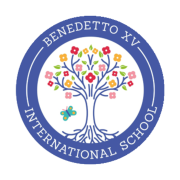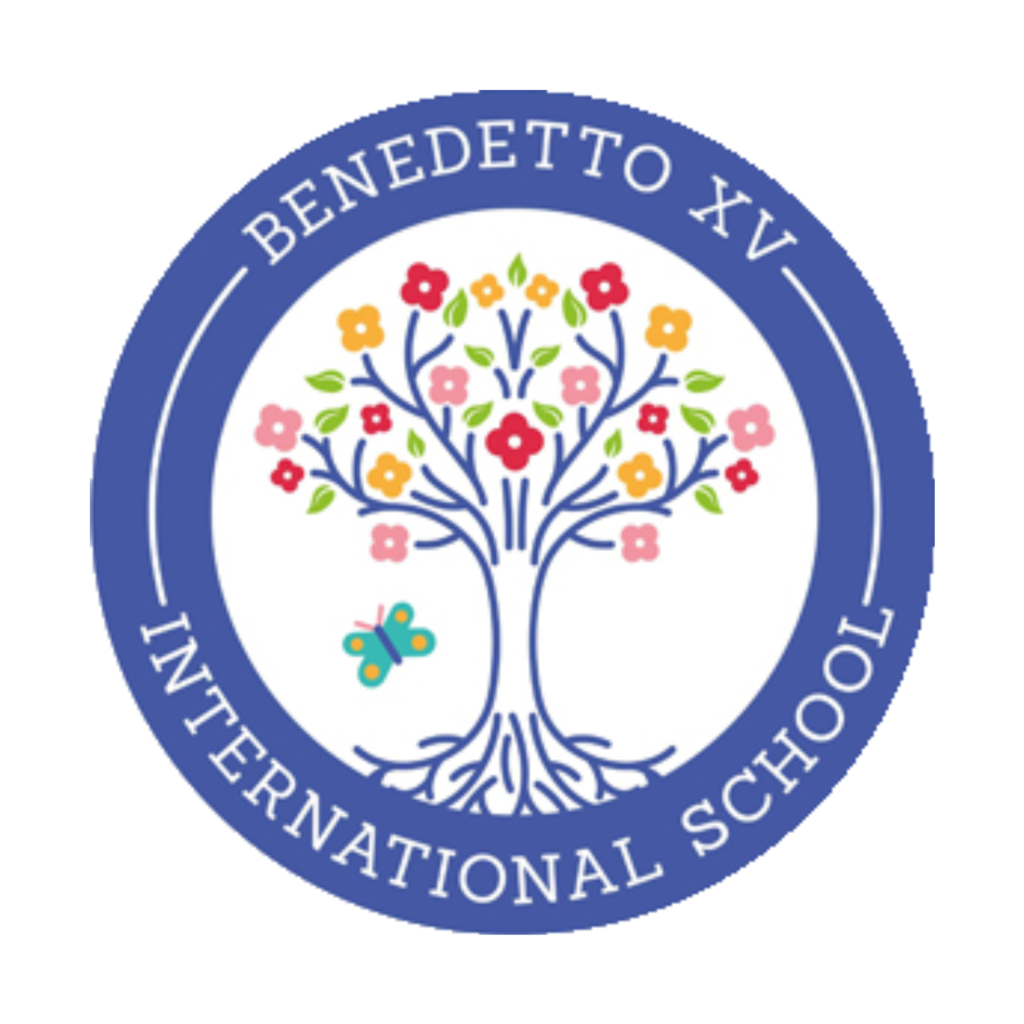Early Years
(Age 0-6)
In the Nursery and Kindergarten programs at Benedetto XV International School, all activities are conducted in English. Our teachers understand and accommodate the different ways children learn, creating engaging and inclusive learning experiences. Through play-based learning, children develop their English language skills while exploring and making connections. Our teachers provide support and adapt their methods to meet individual learning needs, fostering a love for learning and promoting holistic development.
Three characteristics of effective teaching and learning are:
- Play and exploration: Children engage in investigative and experiential activities, allowing them to explore and discover new things while encouraging a hands-on approach.
- Active learning: Children are encouraged to concentrate, persevere, and overcome challenges they encounter, fostering a sense of determination and enjoyment in their achievements.
- Creating and thinking critically: Children are given the freedom to develop their own ideas, establish connections between concepts, and employ strategies to solve problems, promoting critical thinking skills and independent thought.
NURSERY
In EARLY YEARS settings, educational programs are shaped by seven key areas of learning and development. These areas are vital for igniting children’s curiosity, fostering enthusiasm for learning, and nurturing their capacity to learn, build relationships, and thrive. They are interconnected and play a crucial role in laying a strong foundation for children’s holistic growth and development.
Educational programmes involve activities and experiences for children, as follows:
- Communication and language development: involves giving children opportunities to experience a rich language environment; to develop their confidence and skills in expressing themselves; and to speak and listen in a range of situations
- Physical development: involves providing opportunities for young children to be active and interactive; and to develop their co-ordination, control, and movement. Children are helped to understand the importance of physical activity, and to make healthy choices in relation to food
- Personal, social and emotional development: involves helping children to develop a positive sense of themselves, and others; to form positive relationships and develop respect for others; to develop social skills and learn how to manage their feelings; to understand appropriate behaviour in groups; and to have confidence in their own abilities
KINDERGARTEN
In addition to the further development of the activities begun in NURSERY, in KINDERGARTEN we introduce:
- Literacy development: involves encouraging children to link sounds and letters and to begin to read and write. Children are given access to a wide range of reading materials (books, poems, and other written materials) to ignite their interest
- Mathematics: involves providing children with opportunities to develop and improve their skills in counting, understanding and using numbers, calculating simple addition and subtraction problems; and to describe shapes, spaces, and measure
- Understanding the world: involves guiding children to make sense of their physical world and their community through opportunities to explore, observe and find out about people, places, technology and the environment
- Expressive arts and design: involves enabling children to explore and play with a wide range of media and materials, as well as providing opportunities and encouragement for sharing their thoughts, ideas and feelings through a variety of activities in art, music, movement, dance, role-play, and design and technology

